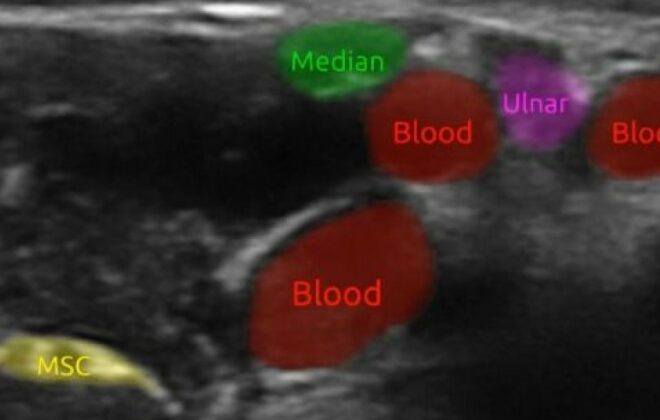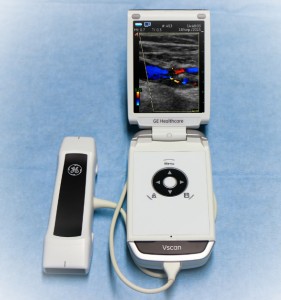Aiming at lifelong partnerships in North America
Two CIUS-associated projects have received INTPART funding for collaborations with institutions in North America: NeoDoppler and blood speckle tracking (NTNU) with SickKids Hospital in Toronto, Canada, and two exchange agreements (USN) with Stanford University, CA, and the University of Washington, WA, USA.
Improving Heart and Brain Ultrasound for Children Paediatric Cardiologist Siri Ann Nyrnes and her team at St. Olavs Hospital and NTNU have been collaborating on blood speckle tracking in the hearts of young children with Section Head Echocardiography Luc Mertens and his team at SickKids Hospital since 2015. Now, with the funding from INTPART, they can continue and expand the collaboration: “An INTPART collaboration is to build a long-lasting relationship with another partner, and we saw this as an excellent opportunity,” says Nyrnes.
Access to hundreds of patients
“This collaboration is so valuable for us because here in Trondheim, we have only a few patients in each disease group of serious congenital heart defects, whereas the SickKids Hospital in Toronto has more children in each disease group. It was a great opportunity to be able to include those patients,” Nyrnes says.
So far, they have collected around 800 patients in the cardiac project, primarily children under the age of ten years. They have also included ten pregnant women so that they can look at foetal images. The cardiac project is a close collaboration with CIUS partner GE Healthcare.
Non-invasive diagnostic tools
When doing an echocardiographic examination using blood speckle tracking in children, they sit bedside and put a probe on the children’s chest. This is a gentler approach since they don’t need any contrast agents to visualise detailed flow, and sedation of the child is unnecessary.
“There is a pressing clinical need for developing non- invasive diagnostic tools for visualisation and quantification of cardiovascular function and its impact on brain function and brain perfusion and heart functions in infants and children,” says Siri Ann Nyrnes.
INTPART collaboration is key to success
The collaboration with SickKids will also include the NeoDoppler project, which will start at SickKids Hospital in 2022. NeoDoppler monitors the blood flow in the brain.
Nyrnes thinks INTPART is key to succeeding with these projects. SickKids Hospital is renowned for its clinical and research work. Improving education is also a central part of their collaboration, and they have joint PhD students.

Valuable collaboration with world-leading universities
Professor Lars Hoff at the Department of Microsystems at the University of South-Eastern Norway (USN) is looking forward to getting started with the INTPART collaboration with Stanford University near San Francisco, California and the University of Washington in Seattle, WA.
“This collaboration gives us the ability to work and develop courses together with some of the best universities in the world. It allows students to spend a few months at an outstanding research university,” Hoff says.
Plans on hold due to the pandemic
The pandemic caused a severe delay in the implementation of their plans. In April 2020, they received funding from the Research Council of Norway. Now, they are planning to send the first students in March 2022 and the next in the autumn.
The aim is for the collaborations to become lifelong partnerships, the overall outcome being better products and better researchers.
“We also hope to send researchers and develop some curricula and lectures together,” Hoff adds.
International network
“These are world-leading universities. Stanford lies in the middle of Silicon Valley. The University of Washington is one of the best public universities in USA, with a very strong history in ultrasound and acoustics,” Hoff explains.
“For CIUS, this means that the candidates we educate graduate with international experience that prepares them to meet challenges in their future careers. Our field is international and knowing how things are done at world-leading universities is essential. Exchange gives them an international network, which is helpful when you start your career as a researcher or an engineer.”
INTPART
INTPART stands for International Partnerships for Excellent Education, Research and Innovation. It is funded by the Norwegian Ministry of Education and Research (KD), and is administered by the Norwegian Agency for International Cooperation and Quality Enhancement in Higher Education (DIKU) and the Research Council of Norway (RCN).
INTPART was established in 2015.
This article first appeared in the 2021 CIUS Annual Report.



